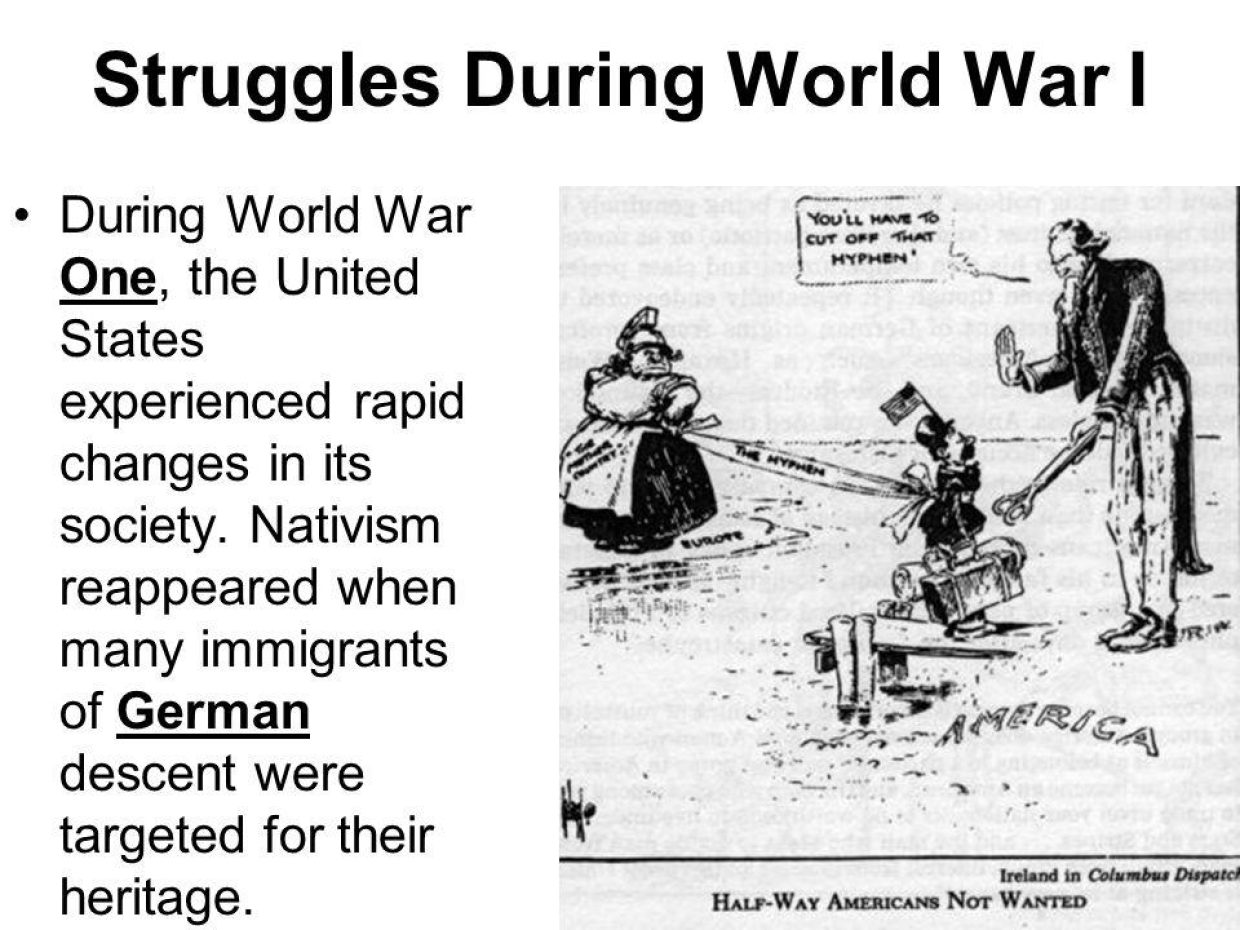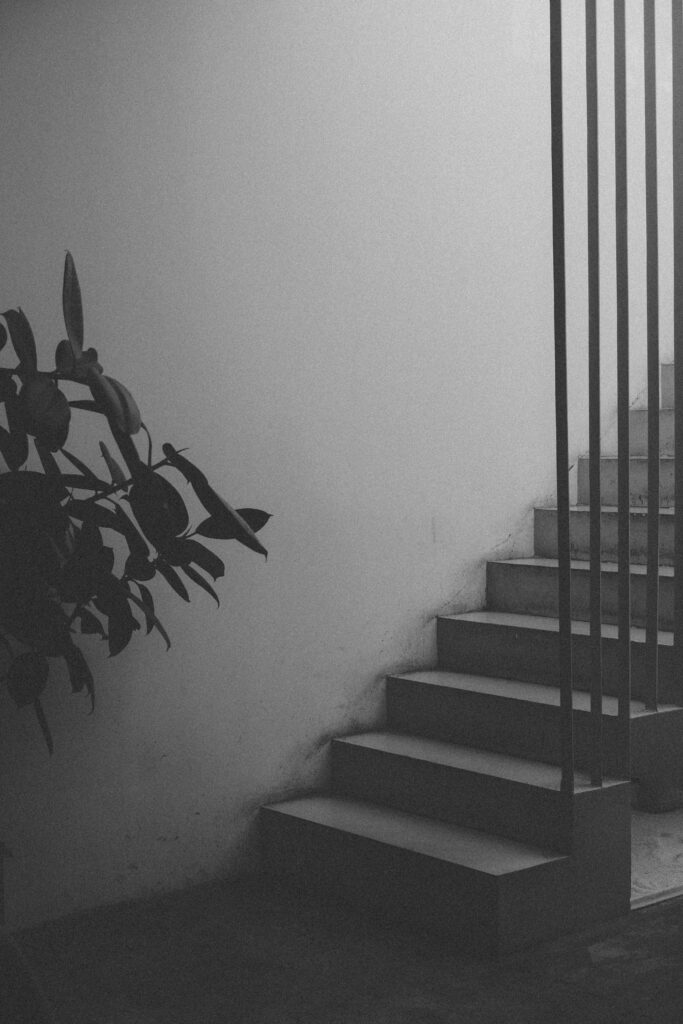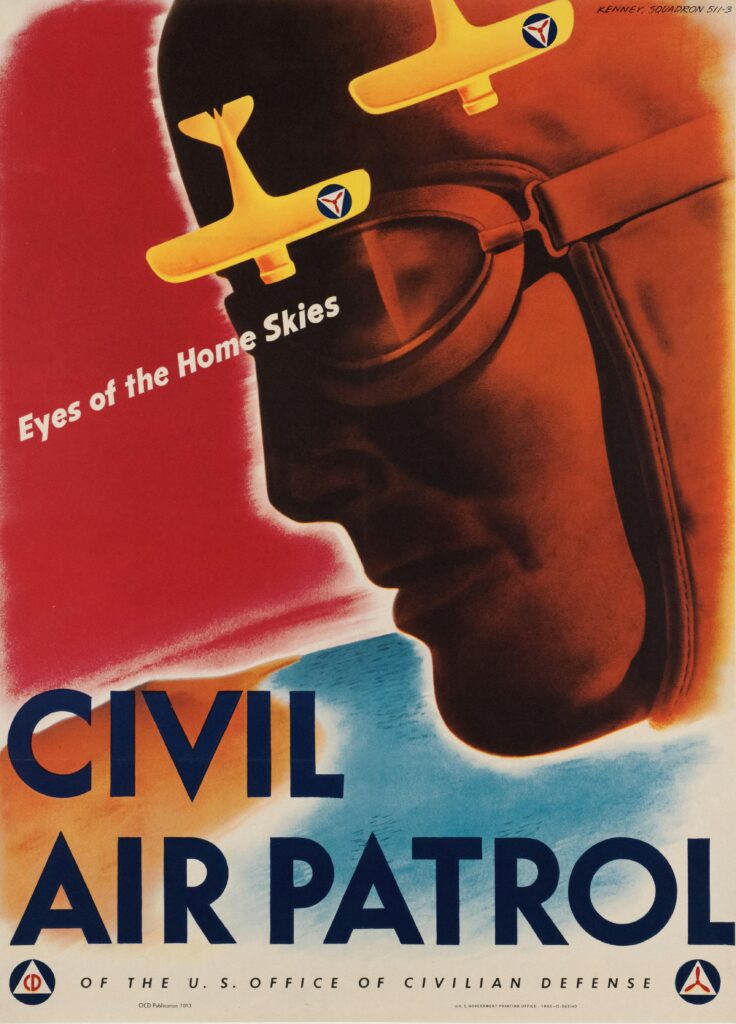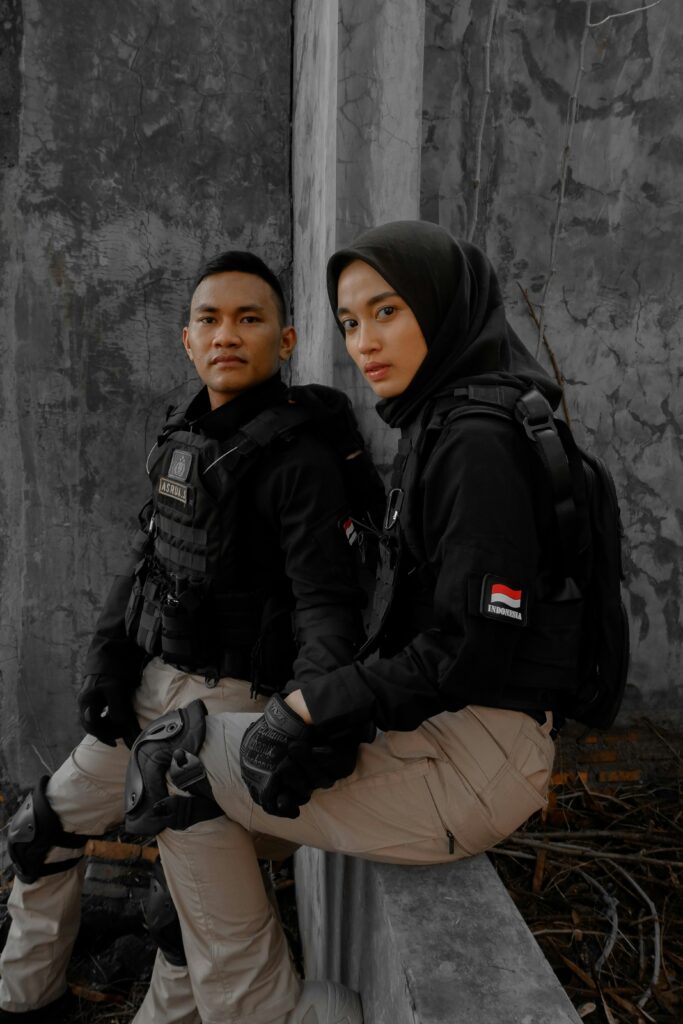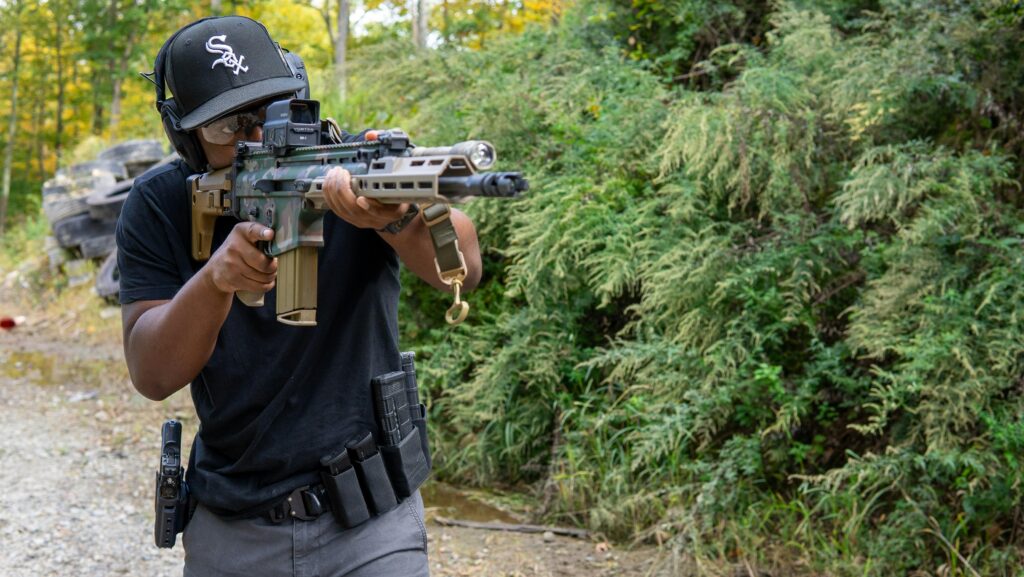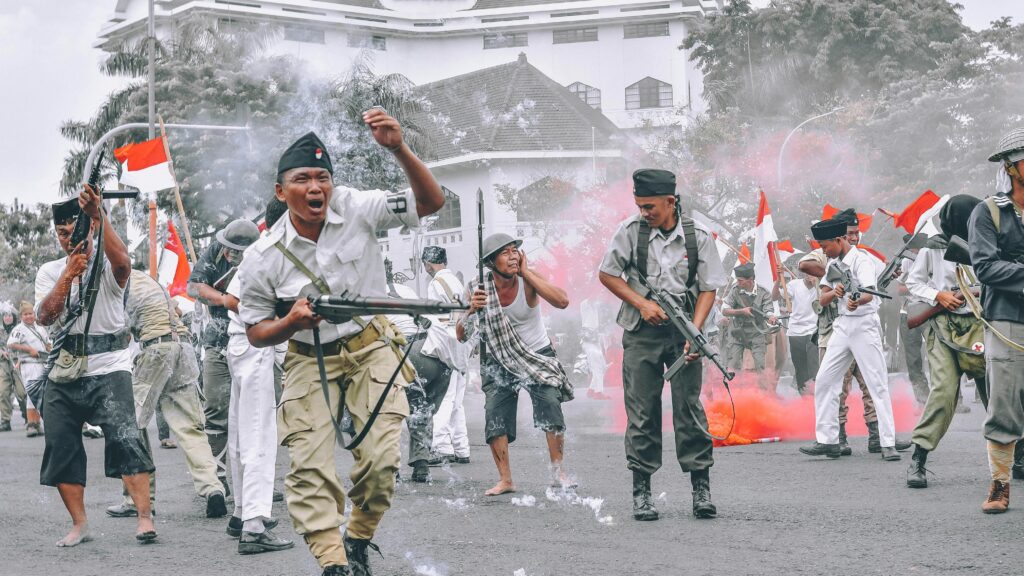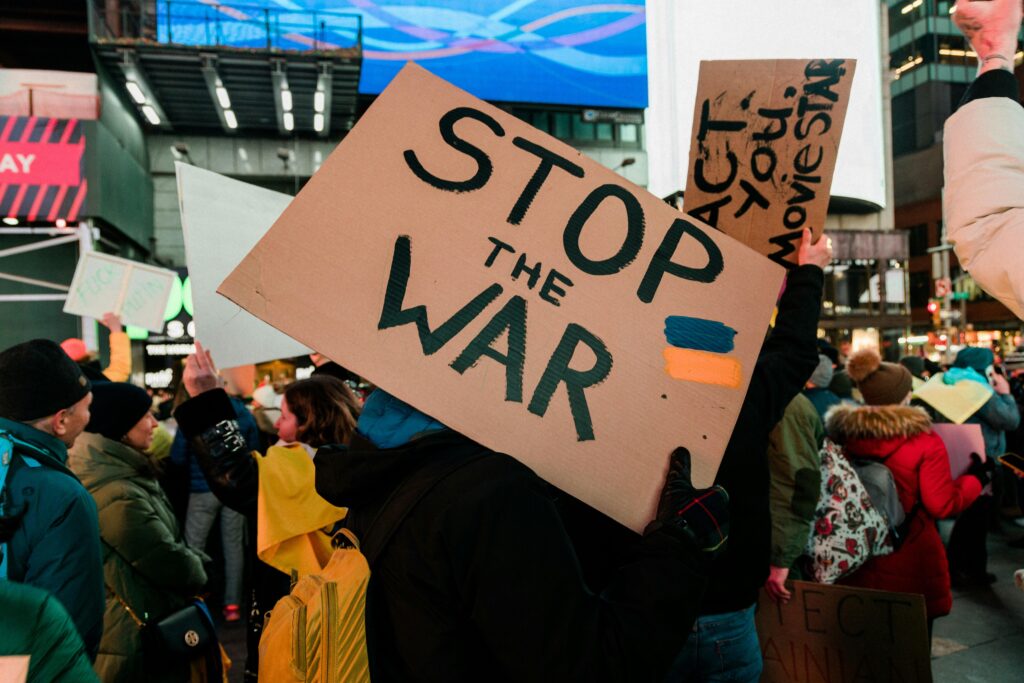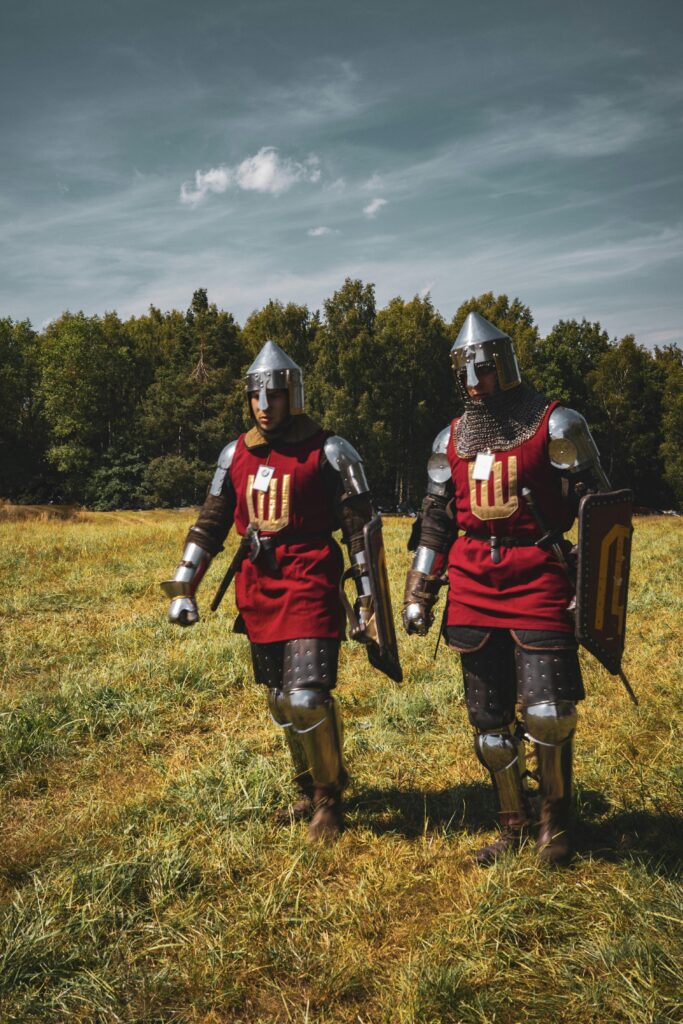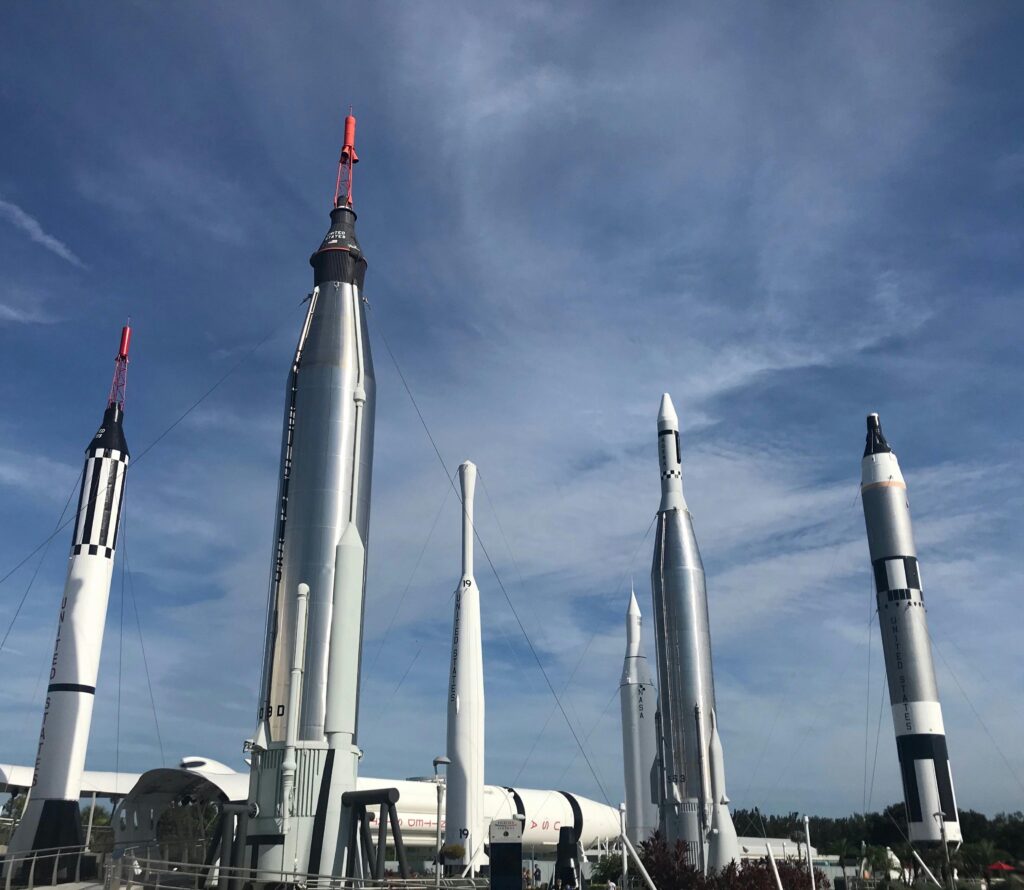War is often seen through the lens of conflict, loss, and hardship—but beyond the battlefield, it leaves another deeply impactful legacy: lasting cultural change. From the ways we communicate and create art to shifts in social norms and national identity, the echoes of war ripple through society in surprising and profound ways. In this article, we’ll explore how the experiences of war have sparked transformative cultural movements, reshaped communities, and even altered the course of history. Whether you’re a history buff or simply curious about how the world evolves, join me as we uncover the unexpected cultural aftershocks of war.
Table of Contents
- The Ripple Effect of War on Art and Expression
- Shifts in Social Norms Born from Shared Conflict
- Economic Rebuilds That Shape Future Generations
- Fostering Healing and Unity Through Cultural Preservation
- In Conclusion
The Ripple Effect of War on Art and Expression
War acts as a powerful catalyst for artistic transformation, often pushing creators beyond conventional boundaries. The intense emotions and stark realities experienced during conflict inspire artists to explore new mediums, themes, and methods of expression. From shattered landscapes to portraits that capture the human cost, these works serve not only as historical testimony but also as profound reflections on resilience and loss. The immediacy of war compels artists to communicate raw, unfiltered perspectives, leading to the birth of revolutionary styles and movements that might never have emerged in times of peace.
Moreover, the influence extends beyond visual arts into literature, music, and performance, shaping cultural narratives for generations to come. Some common shifts observed include:
- Emergence of Anti-War Sentiments: Many cultural works adopt pacifist tones, questioning violence and advocating for peace.
- Highlighting Human Stories: Focus moves from grand political themes to intimate individual experiences, adding depth and empathy.
- Innovation Through Scarcity: Limited resources spark new artistic techniques and improvisations, giving rise to unique aesthetics.
These ripple effects ultimately reshape societies by influencing how history is remembered and how future generations understand freedom, sacrifice, and identity.
Shifts in Social Norms Born from Shared Conflict
Conflict brings people together in ways unimaginable during times of peace. When communities face shared adversity, traditional hierarchies and societal roles often shift, creating new opportunities for marginalized groups. Women, for example, have stepped into roles traditionally held by men, leading to a reevaluation of gender expectations. Veterans returning home carry stories and values forged in the crucible of war, spreading ideals of resilience, equality, and solidarity that ripple through society long after the fighting stops.
Such monumental experiences leave an imprint not just on individuals but on the collective consciousness. We see this reflected in changes like:
- Greater social mobility: Wartime demands break down rigid class and occupational boundaries.
- Emphasis on community support: Shared suffering fosters grassroots movements and mutual aid networks.
- New cultural expressions: Art, literature, and music evolve to capture the complexities of conflict and healing.
These transformations redefine societal norms, blending past traditions with the fresh perspectives born from shared struggle, ultimately shaping a culture more adaptive and inclusive.
Economic Rebuilds That Shape Future Generations
Following the devastation of war, societies often find themselves at a crossroads—facing the daunting task of not just reconstruction but also innovation. Economic rebuilds serve as the backbone for these transformations, launching infrastructure projects and new industries that redefine the landscape for future generations. Through strategic investments in education, technology, and sustainable resources, communities don’t just recover—they lay the groundwork for lasting prosperity.
These rebirth periods often catalyze broader cultural shifts, where resilience and adaptability become core values. The ripple effects are seen in:
- Enhanced social mobility, as access to job opportunities expands
- Revitalized urban spaces fostering community engagement
- Emergence of entrepreneurial spirit fueled by necessity and innovation
Ultimately, economic rebuilds do more than restore—they inspire a cultural legacy that encourages future generations to thrive amid change.
Fostering Healing and Unity Through Cultural Preservation
In the aftermath of conflict, communities often find themselves piecing together fractured identities. Cultural preservation acts as a bridge to harmony, helping individuals reconnect with their roots while embracing shared experiences. Through traditions such as storytelling, music, and art, survivors weave their narratives into collective memory, transforming pain into hope. This revitalization not only rekindles pride but also fosters deeper understanding among diverse groups, nurturing reconciliation and solidarity.
Efforts to revive cultural practices spark initiatives that empower local voices and cultivate a sense of belonging. Community-led workshops, heritage festivals, and educational programs become platforms for healing and dialogue. Some key elements driving this change include:
- Intergenerational exchange: Sharing traditions between elders and youth preserves wisdom and fuels future creativity.
- Inclusive celebrations: Inviting all community members to participate breaks down barriers and builds empathy.
- Artistic expression: Facilitating diverse forms of art creates safe spaces for emotional release and cultural pride.
In Conclusion
And there you have it—a glimpse into how the trials and upheavals of war don’t just reshape borders or politics, but leave a lasting imprint on culture itself. From fashion trends born in the trenches to shifts in societal roles and artistic expression, wartime experiences have a way of sparking profound and enduring change. It’s a powerful reminder that even in the darkest times, human creativity and resilience find ways to grow and transform the world around us. Thanks for reading along—if you enjoyed this exploration, be sure to share your thoughts or any stories about cultural shifts you’ve seen firsthand. Until next time, stay curious!


